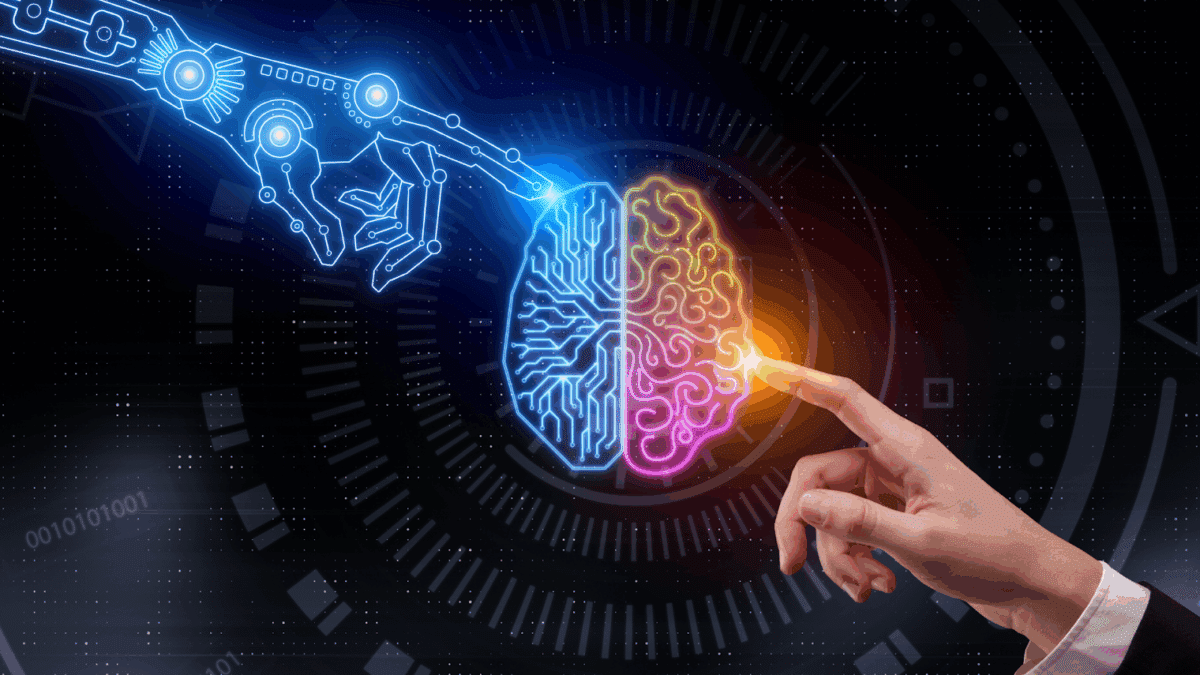Accelerate Success with AI-Powered Test Automation – Smarter, Faster, Flawless
Start free trialAs applications grew more complex, QA moved beyond just basic automation. It added intelligence by adopting AI and ML technology. So, if we have AI that can do everything, do we really need humans?
Why AI alone isn’t enough in Quality Assurance
AI in QA is like having a super-fast, ultra-efficient assistant. It automates tests, detects patterns, predicts defects, and adapts quickly to changes in UI and APIs. But here’s the catch: AI lacks context.
It can tell you something broke, but not why it broke. Or if it was even supposed to behave that way. For example, it might identify a login failure but can’t determine if it’s due to a newly introduced CAPTCHA or a temporary network hiccup. The result? False positives, flaky tests, and misguided test outcomes that can delay releases.
And That’s exactly where human intelligence comes in.
Human Validation: The Reality Check AI Needs
Human testers don’t just run tests — they understand the “why” behind user behavior. They interpret UI/UX nuances, edge-case logic, and business-specific workflows that AI might overlook.
They apply critical thinking, domain knowledge, and empathy to understand:
Why a user takes a certain action
How a change affects user experience
Where business logic might create exceptions AI can’t detect
What regulatory or compliance nuances must be followed in sectors like Healthcare or Fintech
The Best of Both Worlds: How Webomates Blends AI + Human Validation
At Webomates, our goal is to deliver quality, not just speed.
The question isn’t whether to choose AI or humans. It’s how well you combine both. Webomates has mastered that blend — and it’s helping enterprises release faster, smarter, and with guaranteed quality.
Discovery
Goal: Gain a comprehensive understanding of the application under test.
AI Engine: AI Engines crawl through the application — analyzing UI, sitemaps, user flows, and APIs. It can learn how components interact with each other.
Human Review: Human review plays a key role in refining inputs like domain and business-specific understanding.
Estimation + Strategy
Goal: Define a robust, tailored testing strategy.
How long would it normally take for a tester if not leveraging AI?
| Task | Time Without AI |
| Creating a test strategy (mind map) | 1-2 hours |
| Writing 10 manual test cases | 2.5 hours |
| Creating 10 automation scripts (50 test steps + validations) | 40 hours |
AI Engine: AI can help create a robust test strategy that will prioritize automation, embrace continuous testing, and focus on quality at speed. It can streamline and optimize your regression testing strategy, leading to faster testing cycles and improved software quality. It creates a holistic testing approach including E2E testing (End-to-End) coverage and modular testing for reusability.
Webomates CQ Setup process uses a multi-stage AI engine that leverages the power of Generative AI to generate test strategy, test cases, and automated test scripts.
Human Review: Human review is required to ensure the strategy aligns with business expectations, regulatory requirements (especially in domains like Healthcare or Fintech), unscripted paths, and edge-case scenarios. Manual testing is best when you need human expertise and intuition, such as exploratory testing, usability testing, or when their are complex UI components that are difficult to automate.
Test Case Generation
Goal: Generate high-quality, executable test cases quickly.
AI Engine: Automation tools can be used to create, organize, and prioritize test cases. Generative AI can come up with data and scenarios for testing based on the past trends within a matter of seconds, which otherwise can take more time if left for manual work. AI can also dynamically understand the changes made to the application and modify the testing scope accordingly.
Webomates generates up to 100 test cases and automation scripts per day per project. In just 2 weeks, we can produce over 300 automated test cases.
So why does it take a few hours if AI can generate test cases in seconds?
While AI can rapidly generate test cases within seconds, real-world implementation involves several practical challenges, especially during initial onboarding. These may include network connectivity issues, application test environments or credentials being unavailable, presence of security elements like CAPTCHAs or API limitations or inconsistencies.
Human Review: Automated testing can only do what they are programmed to do. Their capability is limited and cannot go beyond the stored algorithm or programming. It is necessary to review the generated test cases to ensure business logic is intact and all domain-specific test cases are covered.
Internal quality reviews are a crucial step in Webomates’ process. AI is powerful, but it requires human oversight to ensure:
- Test case structure and relevance
- Clear and accurate test steps
- Meaningful validation points
- Consistent and maintainable automation scripts
The Final Outcome: Actionable, Accurate, and Scalable QA
Webomates is one such innovation-led and insight-driven Testing as a Service (TaaS) provider. Its cloud-native platform helps teams overcome the complexities of testing applications built using advanced technologies and perform both functional and non-functional tests.
Webomates provides Service level guarantees for:
- 100% execution of test cases
- 200% increase in Development Efficiency
- 11x increase in Feature Velocity
- 90% Reduction in Defects reported by the end users
That’s quality at speed — delivered only through a human + AI fusion.
Step Up your Testing Game for your Next Release. If you are interested in learning more about Webomates CQ service, please click here and schedule a demo, or reach out to us at info@webomates.com. You can always start a free trial at www.webo.ai and experience the power of AI before taking the plunge.

Leave a Reply